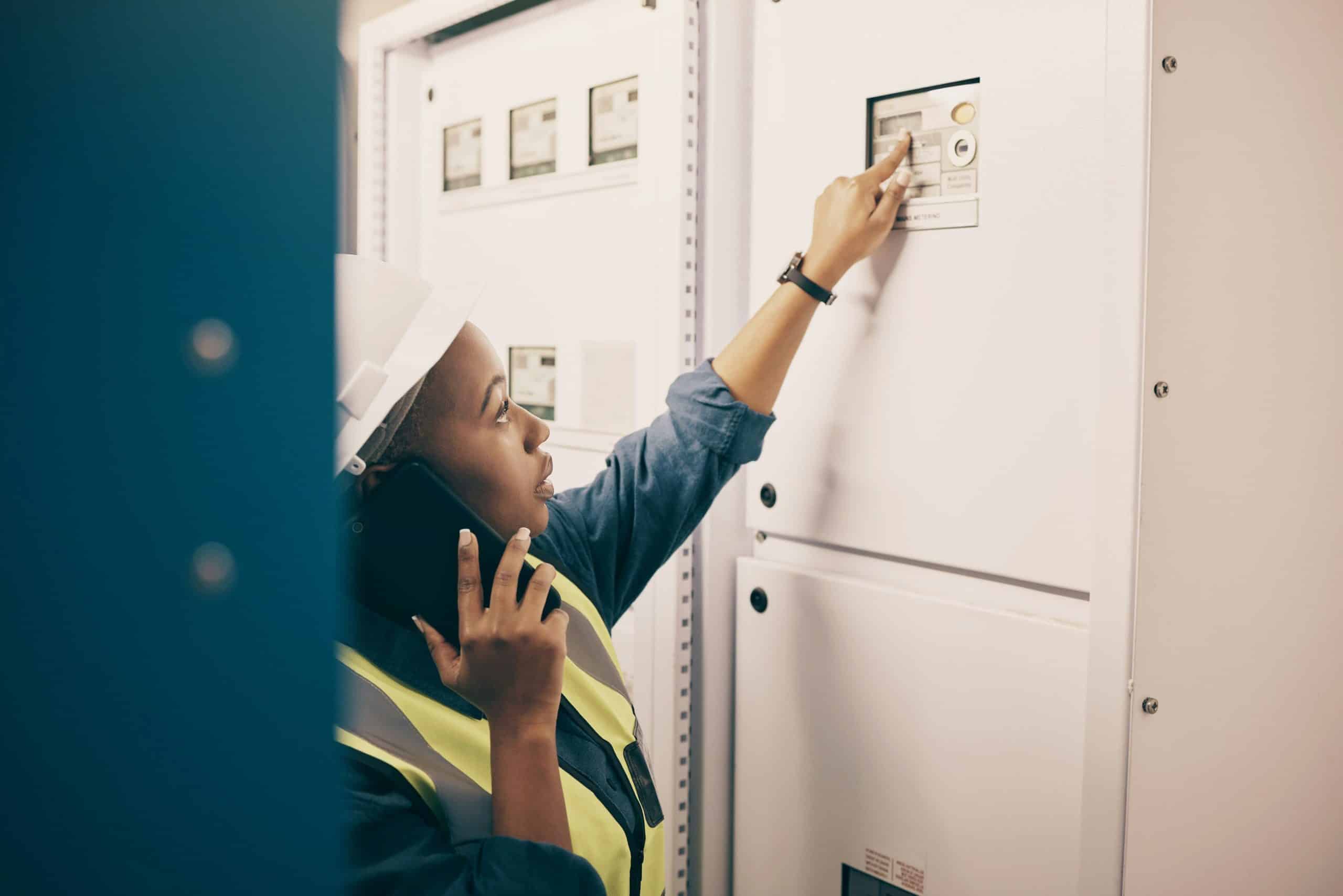Vintage UK cars from the 1990s may have a timeless charm, but their electrical systems can often perplex even the most enthusiastic mechanics. This guide simplifies the processes of diagnosing and resolving common electrical issues in these beloved vehicles. With practical tips and insights, you'll not only learn how to troubleshoot effectively but also gain a deeper appreciation for the engineering behind these classic models. Mastering these repairs can transform your driving experience, ensuring each journey is as smooth as it is nostalgic.
Common Electrical Issues in 1990s UK Cars
The 1990s UK cars are often celebrated for their unique designs and nostalgic charm. However, they are also notorious for certain vintage car electrical issues. These issues can range from minor inconveniences to major operational hindrances.
Also read : Mastering Depreciation: A Comprehensive Guide to Calculating Luxury Car Value in the UK Market
One prevalent problem was faulty wiring, which could lead to intermittent failures in lights, indicators, and dashboard displays. These faults often manifested as flickering lights or non-responsive instrument panels, which could be both frustrating and dangerous.
Another common issue was with the alternator, which frequently failed to charge the battery adequately, leading to starting problems. This was particularly prevalent in models like the Rover 200 series and the Ford Fiesta.
Also to read : Maximizing Regenerative Braking Efficiency for Urban Driving in the UK: A Comprehensive Guide
Additionally, corroded connectors were a frequent culprit, especially in areas with high moisture levels. Symptoms included erratic engine performance and electrical component failures, such as power windows and central locking systems.
Understanding these symptoms and indicators is crucial for maintaining these classic vehicles. Regular checks and timely replacements of worn-out parts can help keep these vintage cars running smoothly. Enthusiasts should be aware of these common issues to better preserve the legacy of these iconic automobiles.
Diagnostic Techniques for Electrical Problems
Diagnosing electrical issues in 1990s UK cars requires a methodical approach to ensure precision and efficiency. To start, a multimeter is an indispensable tool for measuring voltage, current, and resistance. This device helps identify faulty circuits and components, making it crucial for accurate diagnostics.
Begin by checking the battery voltage. A fully charged battery should read around 12.6 volts. If the reading is significantly lower, it may indicate a charging system problem or a failing battery. Next, inspect the fuse box for blown fuses, as these can disrupt electrical functions.
When using a multimeter, ensure proper connection of the probes to avoid incorrect readings. A common mistake is failing to set the multimeter to the correct measurement type, leading to misleading results. Always double-check the settings before proceeding.
Additionally, examine the wiring harness for signs of wear or damage. Corroded or frayed wires can cause intermittent electrical failures, so replacing them is essential.
Avoid skipping steps in the diagnostic process, as this can lead to misdiagnosis. Thoroughly test each component and connection to ensure no issue is overlooked. By following these guidelines, enthusiasts can effectively address and resolve electrical problems in their vintage vehicles.
Essential Tools for Electrical Repairs
When tackling vintage car electrical repairs, having the right tools is crucial. A multimeter tops the list, essential for checking voltage, current, and resistance. It helps pinpoint faults in circuits, making it indispensable for any enthusiast.
Another vital tool is a test light, which is perfect for quickly checking the presence of voltage in a circuit. It's straightforward to use and can help diagnose issues like blown fuses or faulty wiring.
Wire strippers and crimping tools are necessary for working with damaged wires. They allow for precise stripping of insulation and secure connections, ensuring the integrity of electrical repairs.
A soldering iron is also recommended for permanent wire connections. It provides a durable bond, crucial for maintaining the functionality of electrical components.
For sourcing these tools, consider reputable brands known for durability and precision. Automotive supply stores or online platforms with positive reviews are excellent starting points. Investing in quality tools not only aids in effective repairs but also ensures they last for future projects.
These essential tools empower enthusiasts to confidently address and resolve electrical issues, preserving the charm and functionality of their classic cars.
Step-by-Step Repair Procedures
Delving into electrical repair procedures for 1990s UK cars necessitates a structured approach. Begin by identifying the specific issue, whether it's faulty wiring, a malfunctioning alternator, or corroded connectors. Each problem requires a tailored solution, so understanding the root cause is crucial.
Detailed repair processes involve carefully following manufacturer specifications. These guidelines ensure that repairs are performed correctly and safely. For instance, when addressing wiring issues, always refer to the car's wiring diagram to prevent errors.
When it comes to soldering, precision is key. Effective soldering involves heating the wire and solder simultaneously to form a strong bond. Avoid using excessive solder, which can cause short circuits.
For wiring repairs, consider these tips:
- Strip insulation carefully to avoid damaging the wire.
- Use heat shrink tubing to insulate connections.
- Ensure connections are secure to prevent future failures.
Adhering to these repair procedures not only resolves current issues but also helps maintain the vehicle's overall electrical integrity. Properly executed repairs can significantly enhance the longevity and performance of these classic cars.
Understanding Wiring Diagrams
Delving into wiring diagrams for vintage cars is essential for effective troubleshooting and repair. These diagrams serve as a blueprint, illustrating the electrical pathways and connections within a vehicle. To read and interpret them accurately, one must first understand the symbols and conventions used. Each component, such as switches, relays, and connectors, is represented by a specific symbol, and understanding these is crucial for navigation.
Wiring diagrams play a pivotal role in troubleshooting electrical issues. They allow enthusiasts to trace circuits, identify potential faults, and ensure all connections are intact. By following the diagram, one can pinpoint the exact location of a fault, making repairs more efficient and accurate.
To obtain accurate wiring diagrams, enthusiasts can access resources such as manufacturer service manuals or specialised automotive repair websites. These sources provide detailed diagrams tailored to specific models, ensuring reliability. It's important to use diagrams that match the vehicle's year and model to avoid discrepancies.
Understanding these diagrams not only aids in repairs but also empowers enthusiasts to maintain their vintage cars with confidence and precision.
Safety Tips for Electrical Repairs
When engaging in electrical repair safety for 1990s UK cars, it's crucial to follow specific precautions to protect yourself and your vehicle. Always start by disconnecting the battery to prevent accidental shocks or short circuits. This simple step can avert potential hazards that arise from live electrical systems.
Wearing appropriate protective gear is equally important. Use insulated gloves and safety goggles to shield against electrical shocks and debris. These measures are vital in maintaining personal safety while working on electrical components.
Be aware of common hazards, such as exposed wires and faulty connections, which can pose significant risks. To avoid these, ensure all wires are properly insulated and connections are secure. This not only prevents accidents but also ensures the integrity of your repairs.
Additionally, work in a well-ventilated area to avoid inhaling fumes from soldering or other materials. Keep a fire extinguisher nearby as a precaution against electrical fires. By adhering to these safety precautions, enthusiasts can confidently and safely conduct repairs, preserving both their well-being and the functionality of their classic cars.
Community Resources and Further Reading
Engaging with vintage car repair resources can significantly enhance your knowledge and skills. Online forums like PistonHeads and Classic Car Restoration Club are excellent platforms for connecting with fellow enthusiasts. These communities offer valuable insights, shared experiences, and solutions to common problems.
For those who prefer in-depth study, books such as "The Haynes Manual" series provide comprehensive guides tailored to specific models. These manuals cover everything from basic maintenance to complex repairs, making them indispensable for any vintage car owner.
While links cannot be provided here, platforms like YouTube host a plethora of video tutorials and repair guides. Channels dedicated to vintage car restoration offer step-by-step instructions, helping visual learners grasp complex repair techniques.
In addition to these resources, consider joining local car clubs. These groups often organise meet-ups and workshops, providing hands-on learning opportunities. Engaging with these resources not only expands your technical knowledge but also connects you with a community of like-minded individuals passionate about preserving classic vehicles.






